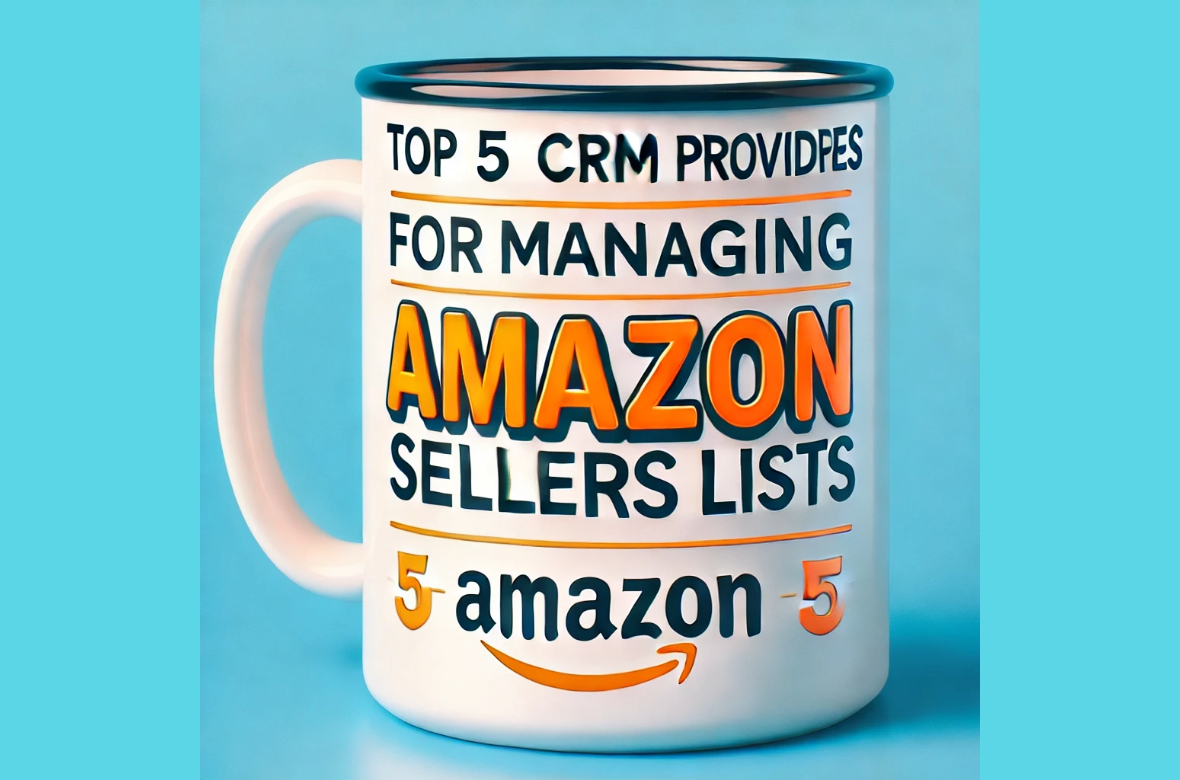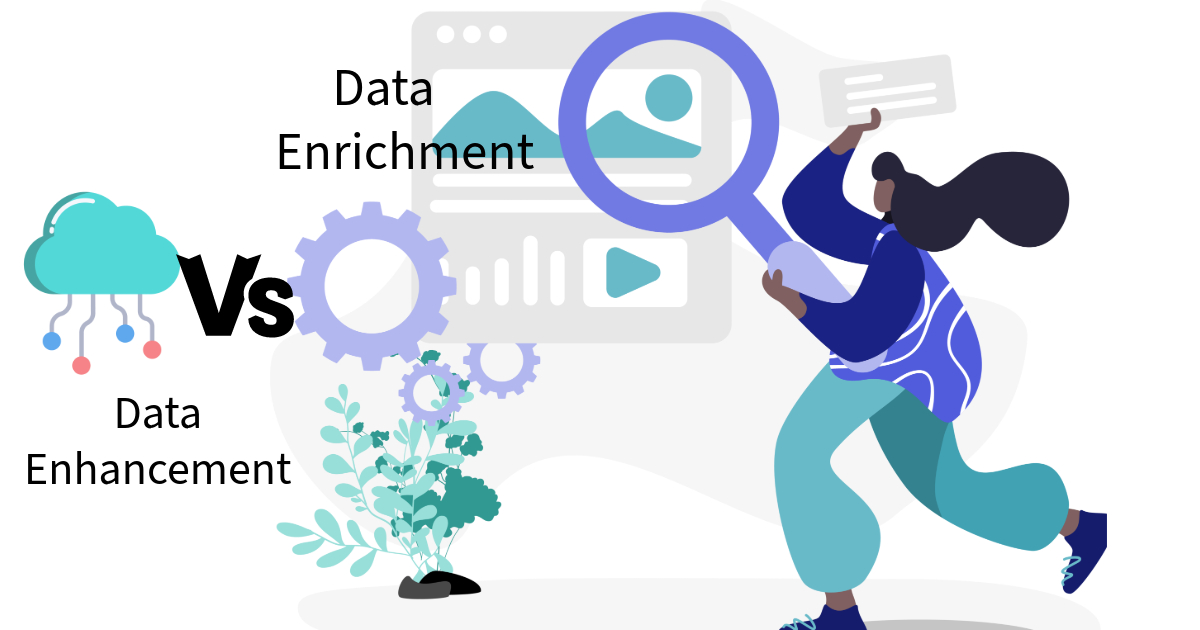
What Are the New Rules on B2B Lead Generation?
Over the past few months, the FCC's new lead generation rules have dramatically changed how leads are collected.
As a lead generator, you must adjust your marketing and sales strategies to comply with updated regulations.
The Federal Communications Commission (FCC) has introduced a pivotal new rule that reshapes lead generation practices, emphasizing the need for explicit consumer consent.
Marketers now have to get individual consent from each seller. This means a single consent form can't be used for multiple telemarketers or partner companies anymore.
Each seller must separately get permission from potential customers before reaching out. This ensures consumers know exactly who will be contacting them and why.
The new rules will officially take effect in January 2025, so it's important to start making changes now.
What Are the New FCC Rules on B2B Lead Generation?

There are 3 new updated rules on B2B lead generations and they are
- Individualized Consent for Every Seller: Marketers must ensure that consent is specific to each seller. A general opt-in no longer applies across multiple entities. Every business needs to obtain separate, explicit permission before contacting a consumer. A single consent can no longer be stretched to cover multiple telemarketers or partner companies.
- Transparency in Consent Practices: Lead buyers and publishers must present consumers with clear, understandable disclosures about who will be contacting them and for what purpose. This means every seller must individually secure permission before reaching out to potential customers. This aligns with the FCC’s focus on building consumer trust through transparency.
- Restrictions on Sharing Information: The days of broadly sharing consumer data with multiple marketing partners are over. Each seller is now responsible for getting explicit consent for their own outreach, restricting data-sharing practices.
Implications for Lead Buyers and Publishers
- Lead Buyers:
- Stricter Consent Collection: Lead buyers will need to implement more rigorous processes for obtaining and documenting consumer consent. This includes ensuring that each seller listed on a form has clear, specific authorization from the consumer to engage in marketing communications.
- Compliance and Documentation: Documentation of consent is crucial under the new rule. Businesses must maintain proof that each lead has granted permission, ensuring they are well-prepared for any compliance audits or regulatory scrutiny.
- Quality Over Quantity: Lead buyers should expect a decrease in lead volume due to stricter consent requirements but an increase in lead quality, as only genuinely interested consumers will agree to be contacted.
- Lead Publishers:
- Redesign of Consent Mechanisms: Publishers must update their lead generation pathways to comply with the new FCC rule. This could mean offering checkbox lists that allow consumers to select individual businesses they wish to hear from, or using separate click-through links for specific companies to gather consent directly.
- Accountability and Transparency: Publishers can no longer provide a list of multiple potential partners for consumers to opt into without individual consent. They must clearly outline who will receive the consumer's data and ensure that the consumer has chosen specific companies to contact them.
Impact on the Lead Generation Ecosystem
The introduction of this rule marks a fundamental shift in how leads are generated, shared, and utilized. Here are the most significant effects:
- Stronger Consumer Protection: The FCC's new rule is designed to protect consumers from unwanted calls and messages, ensuring that only those who have explicitly consented to contact from a specific seller are reached.
- Reduction in Spam and Misuse of Consumer Data: By closing loopholes that allow marketers to share consumer data with multiple entities, the FCC aims to reduce the prevalence of spam and improve overall consumer trust in marketing communications.
- Increased Compliance Costs: While the new rules help foster a more transparent marketplace, businesses will need to invest in compliance measures to ensure they meet the new standards. This includes implementing systems for verifying consent and ensuring that all data handling practices are compliant with the updated regulations.
Strategies for Compliance
To navigate the new regulatory landscape effectively, both lead buyers and publishers need to adopt the best practices of Lead Generation. Here you need to overview the transparency, consent, and compliance. Moreover, look for the auditing part of b2b Lead Generation.
- Obtain Individual Consent for Each Seller: Ensure your marketing consent forms are updated to reflect the need for specific, one-to-one consent from consumers. This can be done by listing sellers individually and allowing consumers to opt-in to each business separately.
- Maintain Thorough Documentation: Both lead buyers and sellers must maintain detailed records of each consumer's consent, ensuring that proof of authorization is available for any regulatory review. Leveraging tools like TrustedForm can help by providing an independent, timestamped certificate of consent.
- Partner with Compliant Publishers: Lead buyers must ensure that the lead publishers they work with are fully compliant with the new FCC rules. Evaluating publishers for adherence to the new regulations is essential to avoid legal risks and maintain a sustainable lead pipeline.
- Focus on Lead Quality: With the new consent rules likely reducing the volume of leads, businesses should shift their focus to maximizing the quality of their leads. By ensuring that only interested consumers are contacted, businesses can improve conversion rates and boost ROI while minimizing compliance risks.
What are the 4 L's of a Lead Generation Strategy?
The Four L's form the cornerstone of an effective lead generation strategy:
- Lead Capture: This is the process of collecting information from potential customers, like their names, email addresses, and job titles, usually through forms or sign-ups.
- Lead Magnets: These are incentives offered to prospects in exchange for their contact information. Think eBooks, free trials, webinars, or exclusive discounts.
- Landing Pages: Dedicated pages on your website designed specifically to convert visitors into leads. They focus on a single offer and include a clear call to action.
- Lead Scoring: A method of ranking prospects based on their engagement and fit with your ideal customer profile. This helps prioritize follow-up efforts on the most promising leads.
Final Thoughts
As the FCC’s new rule takes effect in January 2025, businesses must begin preparing now to ensure compliance and avoid potential penalties. The key to success in this new era of lead generation is fostering trust with consumers through transparent, consent-based marketing. By adhering to the updated regulations and focusing on ethical lead-generation practices, businesses can continue to thrive while respecting consumer privacy and preferences.
The FCC’s new rule represents a significant shift in B2B lead generation, emphasizing the importance of individualized consent and transparency. For businesses that adapt quickly, the focus on high-quality, compliant lead generation will not only help them avoid legal risks but also build stronger, more trusting relationships with potential customers.
By prioritizing compliance and consumer trust, businesses can navigate the changing regulatory landscape successfully and continue to grow in a more ethical, privacy-respecting environment.
Mr. MD Riad Mia


 Sign Up with Google
Sign Up with Google
 Sign Up with Microsoft
Sign Up with Microsoft
























